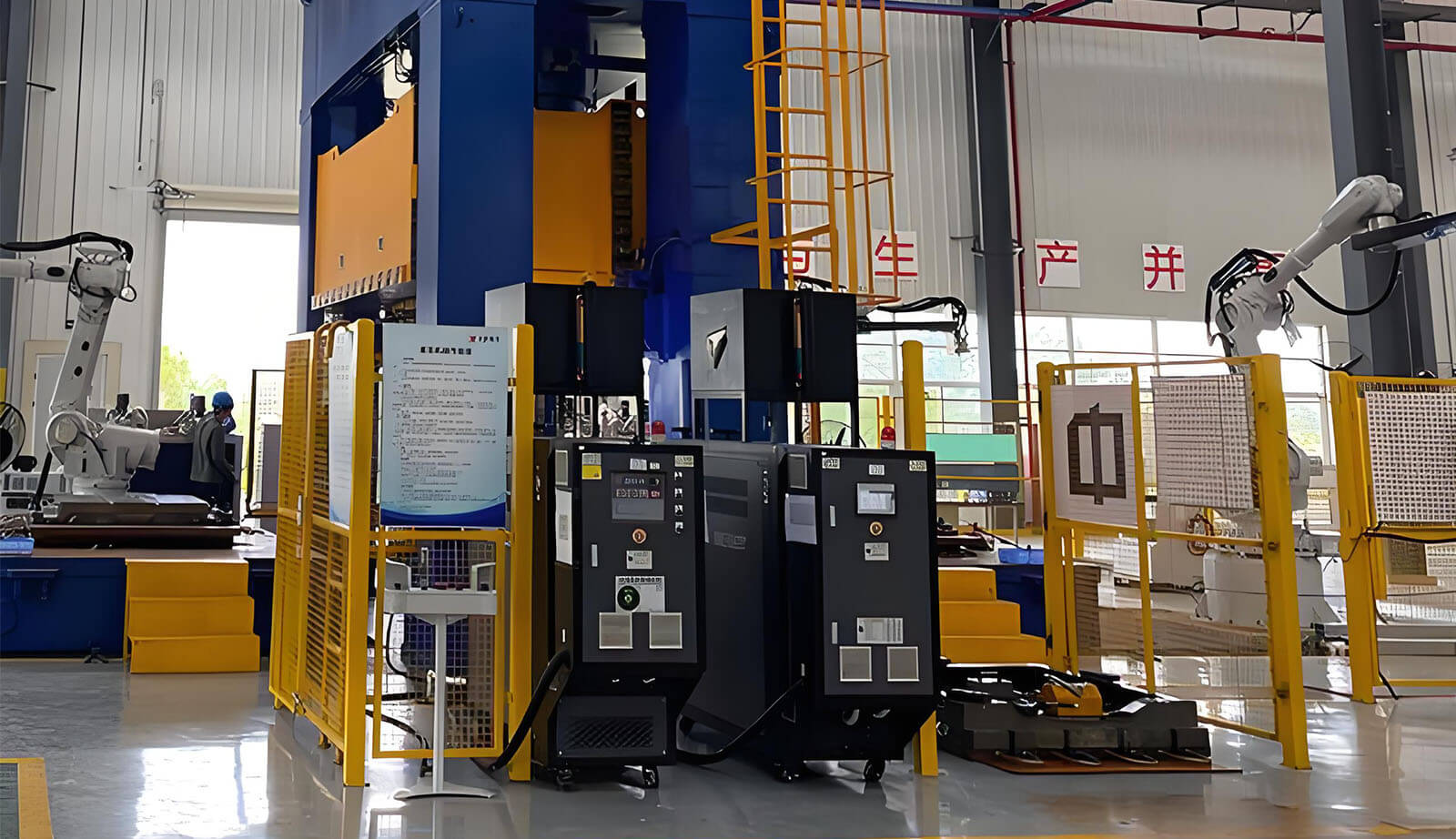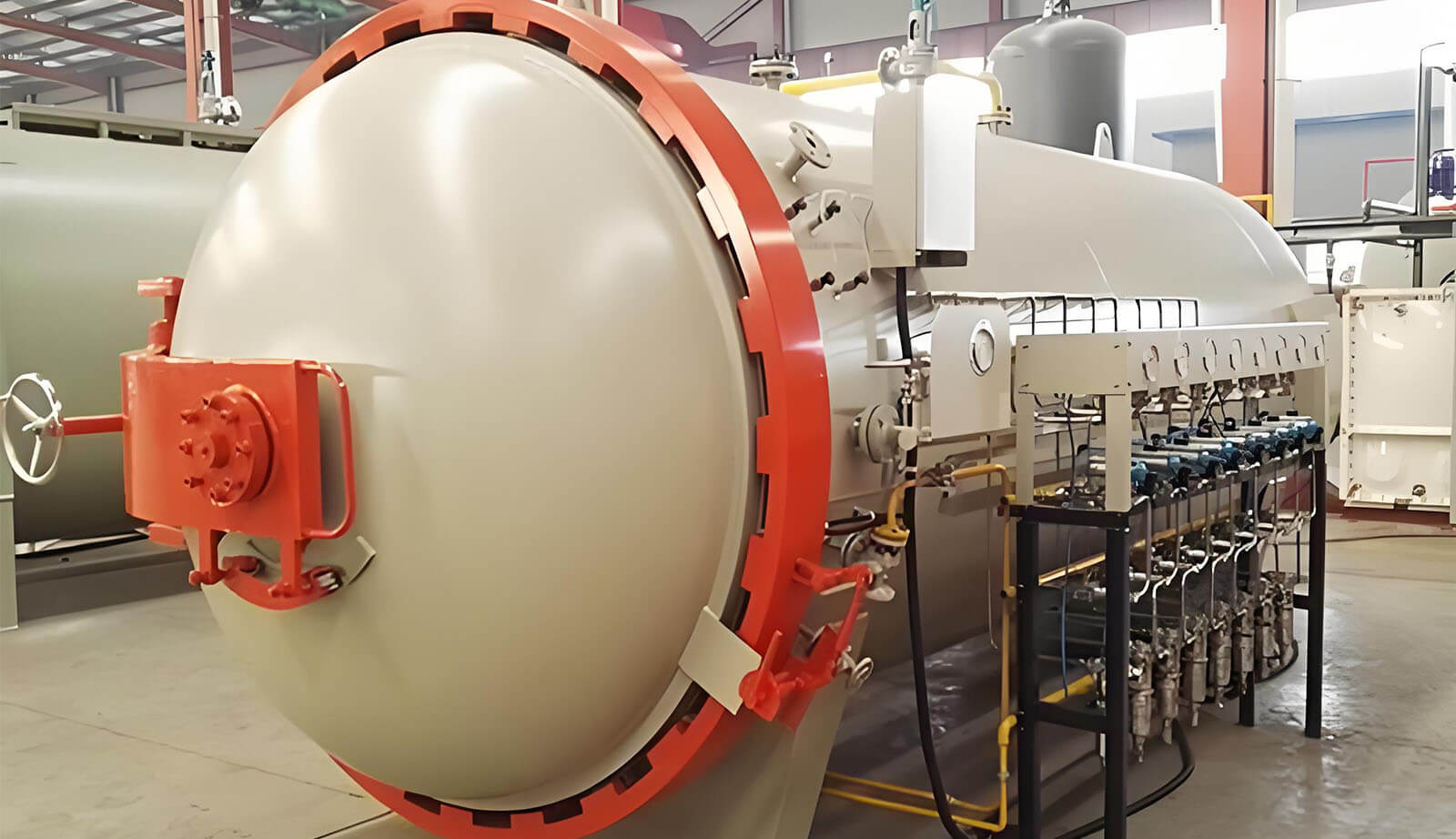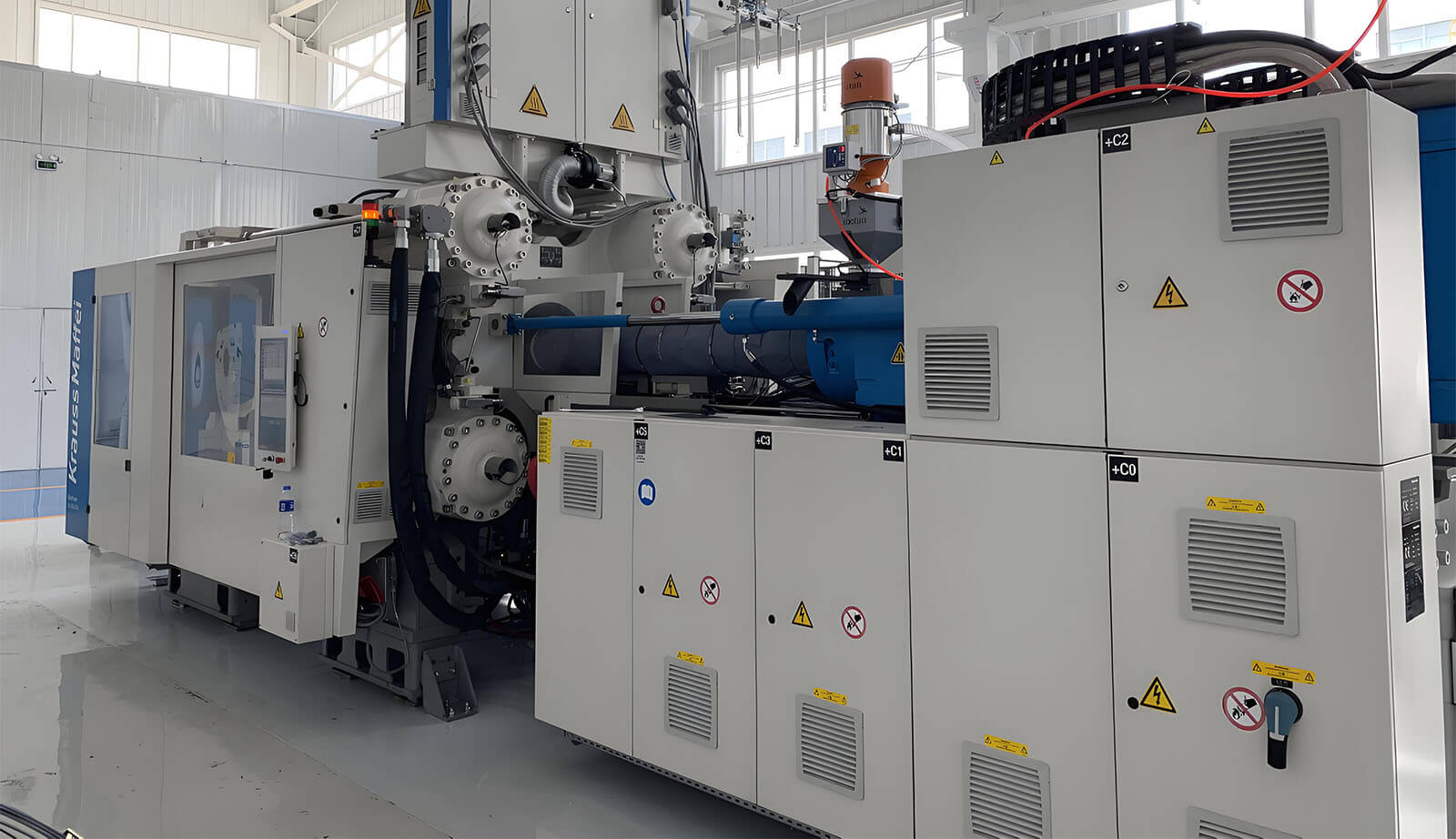

Carbon Fiber Composite Material Hot Pressing Molding Process
Our factory employs an advanced carbon fiber hot press process with a P20 steel mold, ensuring high efficiency, precision, durability, and cost-effectiveness for quality production.
Stand next to a Lamborghini Urus and you can feel it before you hear it — that quiet pulse of potential energy waiting beneath the sculpted body. Now imagine that same form draped entirely in carbon fiber, its woven texture shimmering under the light like a living surface. The weight drops, the aerodynamics sharpen, and something intangible happens: presence turns into performance.
At Chinacarbonfibers, this transformation is more than visual. It’s born from nearly three decades of work with CFRP (Carbon Fiber Reinforced Polymer) — the same aerospace-grade material trusted by Automobili Lamborghini S.p.A., Novitec, Mansory, and 1016 Industries. Each Lamborghini Urus carbon fiber body kit is hand-laid from Toray T700 prepreg, autoclave-cured, and finished by artisans who still check every weave alignment by sight and touch.
This is not a cosmetic add-on. This is engineering made visible.
Carbon fiber isn’t simply “lightweight.” It’s a dialogue between science and emotion — between pressure, heat, and intention.
The Urus, with its 4.0-liter twin-turbo V8, already defines the concept of a Super SUV. But when you replace its metal panels with autoclave-cured prepreg carbon, every acceleration feels more urgent, every corner more exact.
The numbers tell one story:
But the feeling tells another: a sense of mechanical purity — less noise, more connection. That’s what true carbon craftsmanship delivers. For a broader context on how carbon reshapes performance across platforms, explore our notes on carbon fiber cars.
Anyone can copy the look of carbon fiber; few understand its anatomy.
Wet-layup carbon is popular because it’s inexpensive, but it’s inconsistent — heavy resin, air bubbles, distortion under UV. It’s the difference between imitation and integrity.
Prepreg (Dry Carbon), used by Lamborghini’s race programs and our own production line, is pre-impregnated with resin and baked in a pressurized autoclave. The result is a flawless, pinhole-free surface, crystal-clear resin, and structural density that no hand-lay method can reach.
| Aspect | Prepreg Carbon (Dry) | Wet Carbon |
|---|---|---|
| Process | Autoclave Curing | Manual Wet Layup |
| Strength-to-Weight | 7× Steel | 3× Steel |
| Resin Ratio | Controlled (38%) | Uncontrolled (50 %+) |
| Finish | Optical-grade UV clear coat | May yellow over time |
You don’t just see the difference — you feel it when the panel vibrates less, fits tighter, and shines deeper after years of exposure.
When light glides over carbon fiber panels, it reveals something steel never could: motion even in stillness.
Our Lamborghini Urus forged carbon and twill kits are designed not only to look precise but to reshape airflow.
Each surface receives UV clear coat, hand-polished and optionally protected with ceramic coating or PPF. Every curve catches light like muscle under skin.
In motorsport, “light” doesn’t mean fragile — it means free. Every kilogram removed changes how the Urus breathes, brakes, and turns.
We’ve seen clients who, after fitting a full carbon fiber aero kit, describe the difference in words like “tighter,” “cleaner,” and even “more honest.” Less inertia means quicker feedback through the Brembo carbon-ceramic brakes, more precise steering, and improved fuel efficiency on long runs.
The resin system epoxy we use maintains elasticity, preventing micro-cracks and pinholes that cheaper carbon develops over time. This is engineering that ages gracefully — not just a weekend showpiece.
Inside, the Urus already feels like a jet cockpit. Our carbon fiber interior trim kit turns that sensation into reality.
The center console and air-vent frames are sculpted from prepreg carbon, sanded, coated, and finished in matte or gloss. The weave alignment flows continuously from dash to door — a detail only visible when you look closely, but unforgettable once noticed.
Door handles, window switches, and inserts are replaced with lightweight dry carbon trims, fitted with OEM tabs and 3M adhesive. Each component is tested for NVH (Noise, Vibration, Harshness) compliance — a quiet cabin that still whispers performance.
It’s an interior that rewards touch as much as sight — the kind of luxury that doesn’t scream, it hums.
Pop the hood and you’ll see where engineering and artistry fuse. The carbon fiber engine cover frames the V8 like a sculpture. Each rib is CNC-cut, resin-balanced, and heat-shielded.
Pair it with Akrapovič or Capristo titanium exhausts with carbon tips, and you reduce backpressure while gaining a sound that resonates through carbon’s natural resonance frequency — a deep, dry roar rather than metallic shriek.
Optional upgrades include:
Everything is functional, nothing superfluous.
Our kits cover all major variants:
Each piece follows OEM scan data. Fitment is bolt-on, drill-free, and radar-compatible. Whether you’re pairing with Vossen or HRE wheels, or running Pirelli P Zero tires, the alignment remains factory-true.
If you’re planning a wider bespoke build, our custom carbon fiber programs can match weave, tint, and finish across exterior and interior components for a cohesive theme.
| Parameter | Specification |
|---|---|
| Material Source | Toray T700 / Hexcel / Mitsubishi Chemical Prepreg |
| Process | Autoclave curing 6 bar @ 120 °C |
| Weave Styles | 2×2 Twill, Plain, Forged Carbon |
| Surface Finish | Gloss / Matte / Satin with UV Clear Coat |
| Adhesion | Loctite bonding + 3M industrial tape |
| Quality Certification | ISO 9001, TÜV, ABE, E-mark |
| Durability Tests | Thermal Cycle (–40 °C to 120 °C), UV 500 h |
| Average Weight Saving | 30–45 kg (Full Kit) |
This is not a factory replica. It’s a factory evolution. For the people and process behind the parts, meet our custom composite factory team and facilities.
Every kit ships with a detailed fitment guide and installation map. If you prefer professional mounting, our network of partners in Europe, North America, and the Middle East can assist.
Options available:
For maintenance: Use a pH-neutral shampoo, microfiber cloth, and reapply ceramic every six months. Properly maintained, prepreg carbon will resist UV yellowing, stone chips, and resin fade for years.
From our autoclave centers in Suzhou, Zhenjiang, and Jinjiang, each Urus kit is born from controlled precision — then shipped worldwide in layered EPE + foam + wooden crate packaging.
We partner with tuners and resellers globally, supplying consistent OEM-fit carbon fiber replacement panels for every major model. Whether you’re in Dubai, Los Angeles, or Zurich, we deliver the same promise: craftsmanship that honors the Lamborghini name.
Shipping: DHL / FedEx / Air / Sea Lead time: 10–15 days production + 3–7 days transit Warranty: 12 months against manufacturing defects
When your shipment arrives, you’re not just receiving parts. You’re receiving a statement — engineered beauty, delivered.
If you’re comparing platforms and case studies, start with our landing hub for carbon composite manufacturer expertise.
Each set shares the same DNA: Toray T700 prepreg, autoclave curing, human touch.
Q: Does it fit my 2023 Urus S or Performante? Absolutely. All molds are scanned from OEM 3D data; mounting points are identical.
Q: Is it forged carbon or twill weave? Both — choose forged for a bold, modern aesthetic or 2×2 twill for the classic Lamborghini texture.
Q: Will the carbon yellow under sunlight? No. We use UV-resistant epoxy with clear coat and optional ceramic protection.
Q: How hard is installation? Most parts are bolt-on or 3M tape-on; no drilling or trimming.
Q: Can you produce custom logo or color tint? Yes — transparent red, blue, or gold tints are available for bespoke projects.
Tell us about your vehicle: Model / Year / Variant
Select your finish: Gloss | Matte | Forged | Custom Tint
Shipping preference: DHL / FedEx / Sea Freight
A specialist will respond within 24 hours with renderings, pricing, and estimated lead times.

Our factory employs an advanced carbon fiber hot press process with a P20 steel mold, ensuring high efficiency, precision, durability, and cost-effectiveness for quality production.
Our factory runs 100+ hot pressure autoclaves, using aluminum molds and vacuum induction to shape carbon fiber with precision. High heat and pressure enhance strength, stability, and flawless quality.


Our Carbon Fiber Research Center drives innovation in new energy, intelligence, and lightweight design, using advanced composites and Krauss Maffei Fiber Form to create cutting-edge, customer-focused solutions.
Here are the answers to the frequently asked questions from the experienced carbon fiber products factory
We produce a wide range of carbon fiber components, including automotive parts, motorcycle parts, aerospace components, marine accessories, sports equipment, and industrial applications.
We primarily use high-quality prepreg carbon fiber and large-tow carbon fiber reinforced high-performance composites to ensure strength, durability, and lightweight characteristics.
Yes, our products are coated with UV-protective finishes to ensure long-lasting durability and maintain their polished appearance.
Yes, our facilities and equipment are capable of producing large-size carbon fiber components while maintaining precision and quality.
What are the benefits of using carbon fiber products?
Carbon fiber offers exceptional strength-to-weight ratio, corrosion resistance, stiffness, thermal stability, and a sleek, modern appearance.
We cater to automotive, motorcycle, aerospace, marine, medical, sports, and industrial sectors with a focus on lightweight and high-performance carbon fiber components.
Yes, we provide custom carbon fiber solutions tailored to your specifications, including unique designs, sizes, and patterns.
We utilize advanced technologies such as autoclave molding, hot pressing, and vacuum bagging, ensuring precision, stability, and quality in every product. wonders with the Hello Elementor Theme, we’re trying to make sure that it works great with all the major themes as well.
We use aluminum and P20 steel molds, designed for durability and high accuracy, to create complex and precise carbon fiber components.
Our products undergo rigorous quality control checks, including dimensional accuracy, material integrity, and performance testing, to meet industry standards.